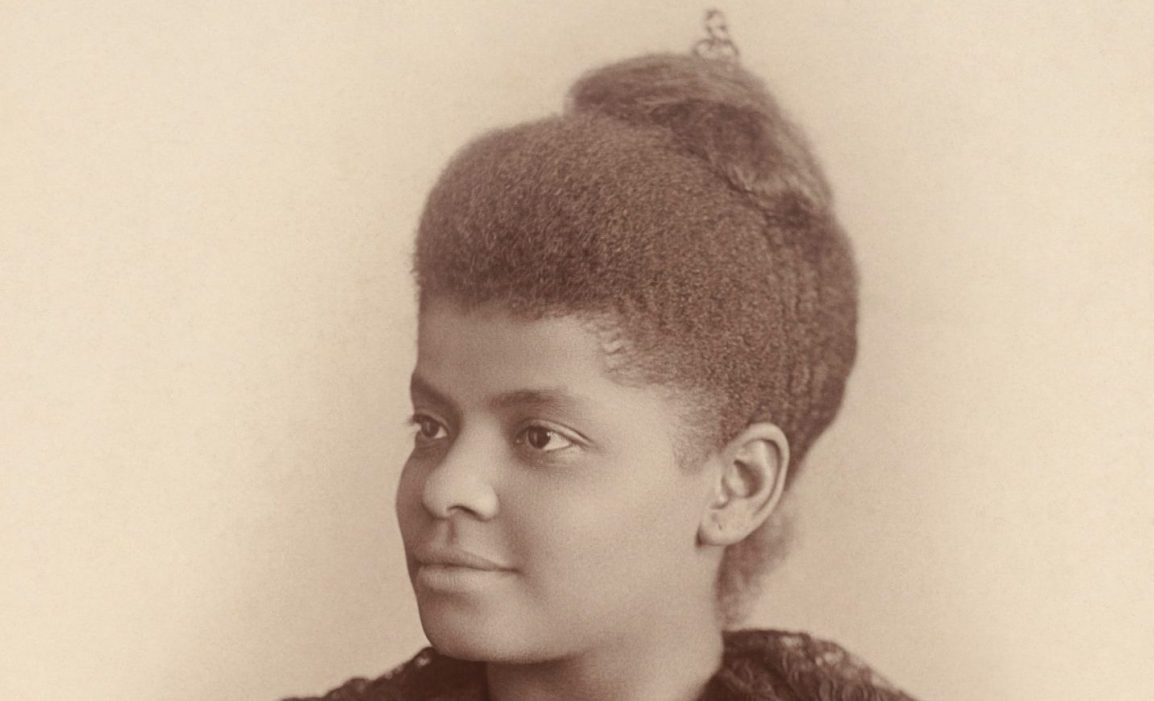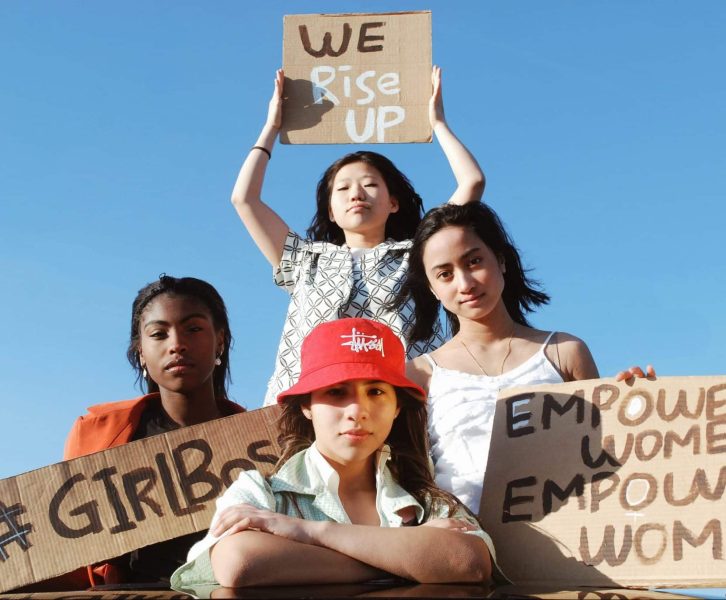Republished February 2023
August 18th, 2020 will mark the 100th anniversary of the day that Tennessee became the 36th state to ratify the 19th Amendment. This officially amended the U.S. Constitution and granted women the right to vote.
When many of us picture the women’s suffrage movement, we think of white, upper class ladies marching in the streets because they are tired of being pushed around by their husbands—a la Mrs. Banks in Marry Poppins. Black women, however, played a hugely important role in the fight for the vote. Still, they are traditionally overlooked and erased.
Beginnings Stages
Black women were fighting for women’s suffrage as early as the mid-1800s. The women’s rights movement of that era was closely allied with the antislavery movement. Abolitionists and suffragists, Black and white, fought together for the common cause of human and civil rights. A small group of formerly enslaved Black women, including Harriet Tubman, Sojourner Truth, and Maria W. Stewart, worked in women’s rights circles. They worked alongside white activists such as Elizabeth Cody Stanton and Susan B. Anthony.
However, the Fifteenth Amendment—which would enfranchise Black men but neither Black nor white women—caused the interracial and mixed-gender coalitions of activists to deteriorate. Arguments ensued over whether or not to support the amendment. This split caused the formation of The National Woman Suffrage Association (NWSA), led by Susan B. Anthony and Elizabeth Cady Stanton. The NWSA did not support the Fifteenth Amendment and insisted that Black men should not get the right to vote before white women.
Exclusion and Discrimination
As the women’s suffrage movement progressed, Black women were more and more excluded as white suffragists increasingly sought the support of the South. The NWSA adopted anti-Black rhetoric and discriminated against their Black supporters. This resulted in the American Woman Suffrage Association (AWSA) being born. The AWSA supported both Black and woman suffrage. The AWSA was led by Lucy Stone and Julia Ward Howe.
Although being excluded from the mainstream movement, Black women were working as hard as ever. Mary Ann Shadd Cary formed the Colored Woman’s Franchise Association in 1880. This group recognized the importance of suffrage not just for political equality, but also in education and labor rights. Hattie Purvis served as a delegate to the NWSA from 1883 to 1900. Bustill Mossell wrote many articles in support of women’s suffrage for the Black press.
Black Women Continue the Work
The NWSA and the AWSA reconciled in 1890 and formed the National American Woman Suffrage Association (NAWSA). However, the racially discriminatory practices of the white leaders continued. This ultimately resulted in the formation of the National Association of Colored Women (NACW) in 1896.
The NACW was founded by Mary Church Terrell, who denounced the anti-Black stance of the national white woman suffrage organizations. Terrell believed that if white women could pass women’s suffrage without giving Black women the vote, they would. Mary B. Talbert, a leader in both the NACW and the NAACP, wrote an article about this discrimination in 1915 titled “Women and Colored Women.”
This was just one of many essays and articles about suffrage written by Black intellectuals. Adella Hunt Logan wrote one prominent essay in Colored American Magazine, where she says:
“If white American women, with all their natural and acquired advantages, need the ballot, that right protective of all other rights; if Anglo Saxons have been helped by it…how much more do black Americans, male and female need the strong defense of a vote to help secure them their right to life, liberty and the pursuit of happiness?”
Unfortunately, the discriminatory practices of white suffragists continued up until the ratification of the Nineteenth Amendment. There ended the fight for white women. Black women, however, along with Black men, continued to face severe disenfranchisement and voter suppression.
The Struggle Continues Today
Black people did not secure meaningful suffrage until 1965, when Congress passed the Voting Rights Act. Then, the Supreme Court overturned a key part of the Voting Rights Act in Shelby County v. Holder (2013). This stripped away many of the protections given to Black communities. Almost immediately, the old practices of voter suppression resurfaced. Today, there are thousands of Black Americans being denied their constitutional right to vote. The Prison Industrial Complex and mass incarceration also disproportionately disenfranchises Black voters.
This is a testament to the extreme adversity faced by the Black community to achieve equal rights and justice in this country. The oppression of Black people is institutionalized and systemic. With every victory that is won, the system reinvents itself and injustice continues. We must recognize the huge part that Black women have played in the fights for both women’s rights and Black rights. We must also recognize that the fight is far from over.
National Archives, The 19th Amendment
NPS, Between Two Worlds: Black Women and the Fight for Voting Rights
NPS, African American Women and the Nineteenth Amendment







